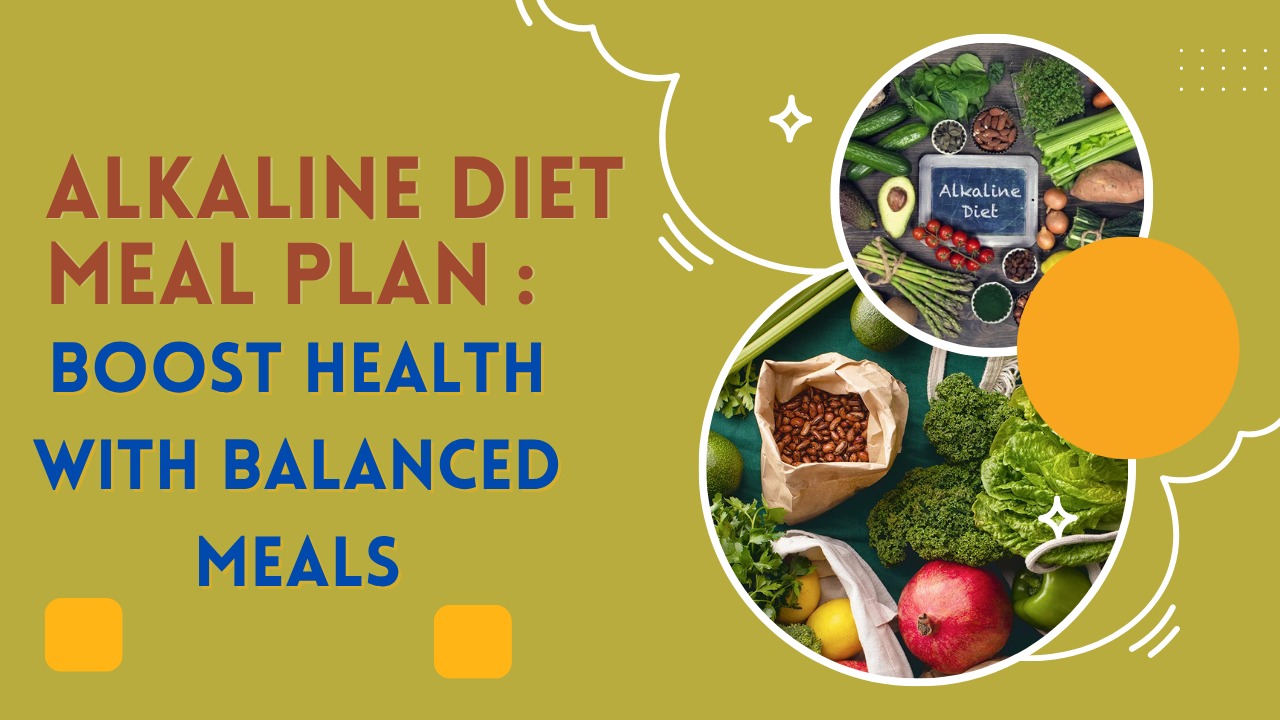The alkaline diet, also called the alkaline ash or acid-alkaline diet, focuses on eating foods that help keep the body’s pH level balanced. The idea is that some foods, when digested, leave behind “ash” that can be either acidic or alkaline. Supporters of this diet believe that too much acid in the body may lead to health problems, while more alkaline-forming foods can improve overall well-being.
This diet encourages eating plenty of fruits, vegetables, nuts, and legumes—foods believed to leave an alkaline residue. At the same time, it suggests reducing intake of processed foods, meat, dairy, and refined sugars, which are thought to produce acid in the body. Drinking more water and avoiding alcohol and caffeine are also often recommended.
The main goal is to maintain a slightly alkaline pH level in the blood, around 7.35–7.45. Followers believe this can reduce inflammation, support joint health, and lower the risk of chronic illnesses.
The Science Behind It
The concept stems from the idea that foods leave behind an “ash” after being metabolized, which can be alkaline, neutral, or acidic. Alkaline-promoting foods include fruits, vegetables, nuts, and legumes, whereas acid-forming foods include meat, dairy, refined grains, and processed foods. While the body tightly regulates blood pH regardless of diet, proponents claim that eating alkaline foods can support overall health, energy levels, and disease prevention.
How Does the Alkaline Diet Affect Your Body ?
Although the body maintains a consistent pH level in the blood through homeostasis, the foods you eat can impact other aspects of your health, such as urine pH, bone health, inflammation, and muscle preservation.
Potential Benefits Include:
Improved kidney function due to reduced acid load
Lowered inflammation, aiding in prevention of chronic diseases
Enhanced bone health by reducing calcium leaching
Better energy levels from plant-based nutrition
Healthier weight management, due to low-calorie, nutrient-rich foods
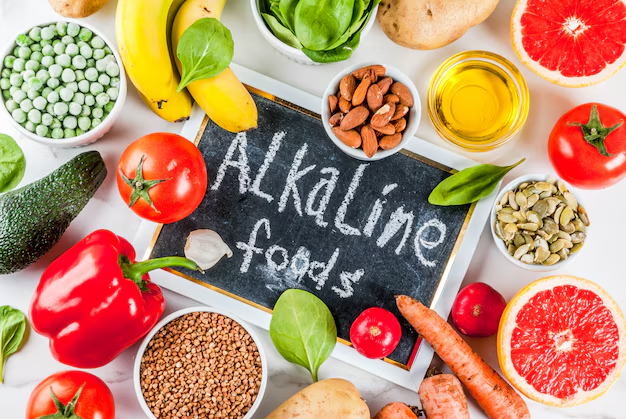
What Foods Are Alkaline and Which Are Acidic ?
Here is a basic comparison of alkaline vs. acidic foods:
Alkaline-Forming Foods:
Leafy greens (spinach, kale, swiss chard)
Cruciferous vegetables (broccoli, cauliflower, Brussels sprouts)
Fruits (lemons, limes, avocados, watermelon, bananas)
Root vegetables (beets, sweet potatoes, carrots)
Nuts and seeds (almonds, flaxseeds, chia seeds)
Legumes (lentils, chickpeas, black beans)
Herbal teas and alkaline water
Acid-Forming Foods:
Red meat, poultry, fish
Dairy products (milk, cheese, yogurt)
Eggs
Processed foods (chips, snacks, pastries)
Refined sugar and artificial sweeteners
Coffee and alcohol
Most grains (wheat, rice, oats)
How Does the Alkaline Diet Promote Weight Loss ?
The alkaline diet can support weight loss due to its high fiber content, low calorie density, and emphasis on whole, unprocessed foods. It encourages the consumption of fruits, vegetables, and plant proteins, which promote satiety and reduce cravings.
Why It Works:
Low glycemic index: Prevents blood sugar spikes
Increased hydration: Promotes metabolic activity
High in micronutrients: Supports metabolic health
Reduces bloating and water retention
Though the alkaline diet is not primarily a weight loss program, many followers experience sustainable weight loss as a side effect of better eating habits and improved digestion.
How to Start an Alkaline Diet Meal Plan ?
Starting an alkaline diet meal plan involves gradual dietary shifts. Here’s how you can get started:
Step-by-Step Guide:
Begin with balance – Aim for a 70:30 ratio of alkaline to acidic foods.
Eliminate processed foods – Cut back on sugar, fast food, and packaged snacks.
Increase hydration – Drink alkaline water, herbal teas, or lemon water.
Add greens to every meal – Make vegetables the centerpiece of your plate.
Choose plant-based proteins – Opt for beans, lentils, tofu, and nuts.
Watch portion sizes – Maintain balanced meals to avoid calorie overload.
Experiment with new recipes – Try smoothies, veggie stir-fries, and salads.
Transitioning slowly makes the change more sustainable and easier on your digestive system.
Top Alkaline Diet Meal Plans
Here are seven sample meal plans designed to provide variety, flavor, and balance while adhering to the principles of the alkaline diet:
Detox & Hydration Alkaline Plan (Day 1)

The Detox & Hydration Alkaline Plan is a simple way to cleanse your body while keeping it properly hydrated. This approach is part of an alkaline diet meal plan that focuses on removing toxins and balancing your body’s pH levels. It encourages the intake of water-rich and alkaline-forming foods like cucumbers, lemons, leafy greens, and melons.
This meal plan also includes herbal teas, smoothies, and natural juices to help flush out waste and improve digestion. Meals are light, plant-based, and packed with vitamins and minerals to support your body’s natural detox process. Reducing processed foods and acidic items is a key step.
Following this alkaline diet meal plan may help boost energy, support skin health, and improve overall wellness. Staying hydrated throughout the day is important for keeping the body in an alkaline and balanced state.
Breakfast: Green smoothie (spinach, cucumber, avocado, lime, chia seeds, alkaline water)
Snack: Cucumber slices with hummus
Lunch: Quinoa salad with kale, cherry tomatoes, red onion, and lemon vinaigrette
Snack: Sliced apple with almond butter
Dinner: Steamed broccoli and cauliflower with tahini dressing and lentils
Drink: Herbal mint tea
Energy Boost Alkaline Plan (Day 2)
The Energy Boost Alkaline Plan (Day 2) is designed to increase your energy levels naturally by focusing on clean, nutrient-rich foods. This alkaline diet meal plan includes fresh fruits, green smoothies, and raw vegetables to provide essential vitamins and minerals without overloading your system.
Breakfast may include a green smoothie with spinach, cucumber, and apple, while lunch can feature a quinoa salad with kale, avocado, and lemon dressing. Dinner often includes lightly steamed vegetables and a baked sweet potato. These meals help fuel your body while keeping your pH balanced.
Staying energized throughout the day is easier when your body is supported with clean, alkaline-forming foods. This alkaline diet meal plan helps reduce fatigue, improve focus, and keep you feeling refreshed by avoiding heavy, acidic foods and staying well-hydrated with herbal teas and lemon water.
Breakfast: Overnight oats with almond milk, flaxseed, berries, and cinnamon
Snack: Alkaline trail mix (almonds, pumpkin seeds, goji berries)
Lunch: Zucchini noodles with avocado pesto and cherry tomatoes
Snack: Fresh pineapple and papaya slices
Dinner: Stuffed bell peppers with quinoa, black beans, corn, and cilantro
Drink: Cucumber-infused water
High-Fiber Alkaline Plan (Day 3)
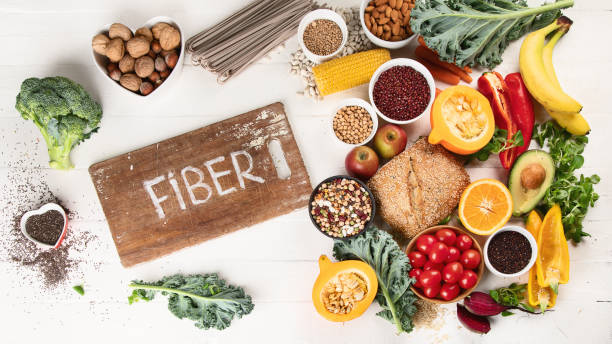
The High-Fiber Alkaline Plan (Day 3) supports digestion and gut health through fiber-rich, plant-based meals. This alkaline diet meal plan includes foods like chia seeds, leafy greens, berries, and lentils, which help cleanse the digestive system and promote regular bowel movements.
For breakfast, you might enjoy chia pudding with almond milk and fresh berries. Lunch can include a large mixed greens salad with lentils, cucumbers, and avocado. Dinner may feature steamed broccoli, brown rice, and a side of sautéed kale. These meals are filling, easy to digest, and support a balanced pH level.
Following a high-fiber alkaline diet meal plan helps reduce bloating, improve metabolism, and keep your energy steady. It’s also a natural way to remove waste and toxins from the body while giving your digestive system the nutrients it needs to stay healthy.
Breakfast: Chia pudding with almond milk, mango, and coconut flakes
Snack: Baby carrots and guacamole
Lunch: Mixed greens salad with beets, chickpeas, walnuts, and balsamic vinaigrette
Snack: Banana and a handful of sunflower seeds
Dinner: Stir-fried bok choy, mushrooms, and tofu with brown rice
Drink: Alkaline lemon water
Immunity-Boost Alkaline Plan (Day 4)
The Immunity-Boost Alkaline Plan (Day 4) is focused on strengthening your body’s natural defenses with alkaline-rich, immune-supporting foods. This alkaline diet meal plan includes ingredients like citrus fruits, garlic, ginger, spinach, and bell peppers—all known to support the immune system.
Start the day with warm lemon water followed by a smoothie made with orange, pineapple, and spinach. For lunch, enjoy a vegetable stir-fry with broccoli, red peppers, and ginger over quinoa. Dinner might include a garlic-infused vegetable soup with a side of mixed greens.
This alkaline diet meal plan helps reduce inflammation and supports the body in fighting off illnesses. It delivers antioxidants, vitamins, and minerals that boost immunity while keeping your internal pH balanced. Staying hydrated and eating nutrient-rich, alkaline-forming foods daily helps protect your health in a natural and gentle way.
Breakfast: Lemon water followed by a berry smoothie with spinach and ginger
Snack: Sliced kiwi and almonds
Lunch: Lentil soup with turmeric and garlic
Snack: Sliced cucumber and radish with tahini dip
Dinner: Grilled eggplant with quinoa tabbouleh and arugula
Drink: Ginger root tea
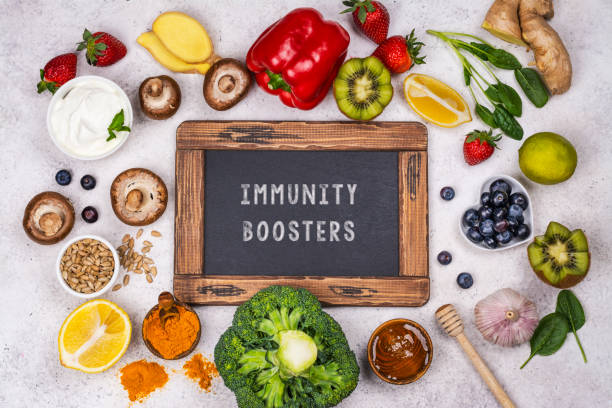
Anti-Inflammatory Alkaline Plan (Day 5)
The Anti-Inflammatory Alkaline Plan (Day 5) is designed to calm inflammation in the body using gentle, alkaline-forming foods. This alkaline diet meal plan includes ingredients like turmeric, leafy greens, berries, and olive oil, which are known for their soothing and healing effects.
Begin your day with a warm turmeric tea and a smoothie made with blueberries, spinach, and almond milk. Lunch can be a hearty salad with arugula, avocado, and flaxseeds, while dinner might include steamed vegetables with a drizzle of olive oil and a side of quinoa.
Following this alkaline diet meal plan helps reduce joint pain, bloating, and overall body discomfort. It focuses on foods that keep your body balanced and support long-term health by fighting inflammation naturally. With regular hydration and clean meals, this plan can help you feel lighter, more comfortable, and energized.
Breakfast: Smoothie bowl with spirulina, banana, almond milk, and chia
Snack: Handful of walnuts and a pear
Lunch: Sweet potato bowl with kale, avocado, red cabbage, and lime-tahini dressing
Snack: Watermelon slices with mint
Dinner: Grilled portobello mushrooms with quinoa and steamed green beans
Drink: Chamomile tea
Plant-Protein Alkaline Plan (Day 6)
The Plant-Protein Alkaline Plan (Day 6) focuses on giving your body enough protein from plant-based, alkaline-forming foods. This alkaline diet meal plan includes lentils, quinoa, chickpeas, tofu, and leafy greens, all rich in nutrients and easy to digest.
Start your day with a protein-rich smoothie made with almond milk, spinach, and hemp seeds. For lunch, enjoy a quinoa bowl with chickpeas, roasted vegetables, and tahini dressing. Dinner can include grilled tofu with a side of steamed broccoli and a spinach salad.
This alkaline diet meal plan supports muscle health, energy, and metabolism without adding acid-forming animal products. It helps you stay full, nourished, and balanced throughout the day. By focusing on plant-based proteins, the body gets what it needs to thrive while keeping the pH level in a healthy range.
Breakfast: Tofu scramble with spinach and bell peppers
Snack: Roasted chickpeas and orange slices
Lunch: Tempeh wrap with lettuce, tomato, avocado, and mustard dressing
Snack: Hummus with celery sticks
Dinner: Black bean and zucchini stew with millet
Drink: Rooibos tea
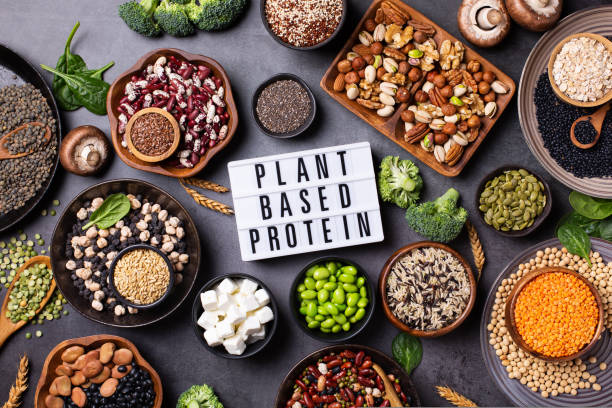
Balanced Weekend Alkaline Plan (Day 7)
The Balanced Weekend Alkaline Plan (Day 7) is all about keeping things simple, relaxing, and nourishing as you wrap up the week. This alkaline diet meal plan blends variety and comfort with light, healthy meals that support balance and recovery.
Begin the day with a warm glass of lemon water and a fruit bowl with melon, kiwi, and berries. Lunch can be a light vegetable wrap with hummus, while dinner may include a baked sweet potato with steamed greens and a drizzle of olive oil. Herbal teas and plenty of water help keep you hydrated throughout the day.
This alkaline diet meal plan lets your body recharge while staying in a balanced state. It supports digestion, hydration, and calm energy—perfect for a peaceful weekend. By ending the week with nourishing choices, you continue building healthy habits for the days ahead.
Breakfast: Buckwheat pancakes with almond butter and berries
Snack: Papaya smoothie
Lunch: Mediterranean bowl with quinoa, olives, cucumbers, arugula, and lemon vinaigrette
Snack: Baked sweet potato fries
Dinner: Vegetable curry with coconut milk and brown rice
Drink: Basil and lemon-infused water
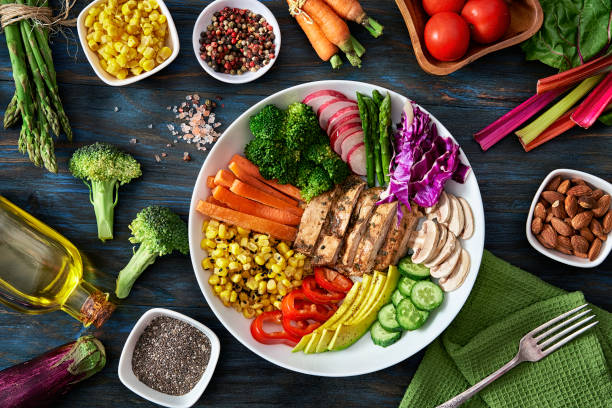
Final Thoughts: Is the Alkaline Diet Right for You?
Following an alkaline diet meal plan for a full week can help improve your overall health in a gentle and natural way. By focusing on fresh fruits, vegetables, plant proteins, and hydrating drinks, your body receives the nutrients it needs while maintaining a healthy pH balance. Each day targets a different area—detox, energy, digestion, immunity, inflammation, and balance—supporting your wellness from all angles.
This approach is not about strict rules but about making better choices that nourish your body. Whether you want more energy, better digestion, or stronger immunity, the alkaline diet meal plan offers a simple way to achieve those goals. It reduces the intake of acid-forming foods and helps promote natural healing and vitality.
By the end of the week, you may feel lighter, more focused, and refreshed. Sticking to an alkaline diet meal plan regularly can lead to long-term benefits and a healthier lifestyle overall.
FAQs
Q.1 What are the main benefits of an alkaline diet meal plan ?
It may help improve energy, digestion, immunity, and reduce inflammation by balancing your body’s pH with healthy, natural foods.
Q.2 Which foods are most commonly included in an alkaline diet meal plan ?
Fruits, vegetables, nuts, seeds, legumes, and plant-based proteins like quinoa and tofu are commonly included.
Q.3 Can the alkaline diet meal plan help reduce acidity in the body ?
Yes, it focuses on alkaline-forming foods that may help reduce excess acidity and support overall health.
Q.4 How long should I follow an alkaline diet meal plan to see results ?
Many people notice changes within a week, such as better energy or digestion, but long-term results depend on consistency.
Q.5 Is the alkaline diet meal plan suitable for everyone?
It’s generally safe for most people, but it’s best to consult a doctor if you have specific health conditions or dietary needs.

